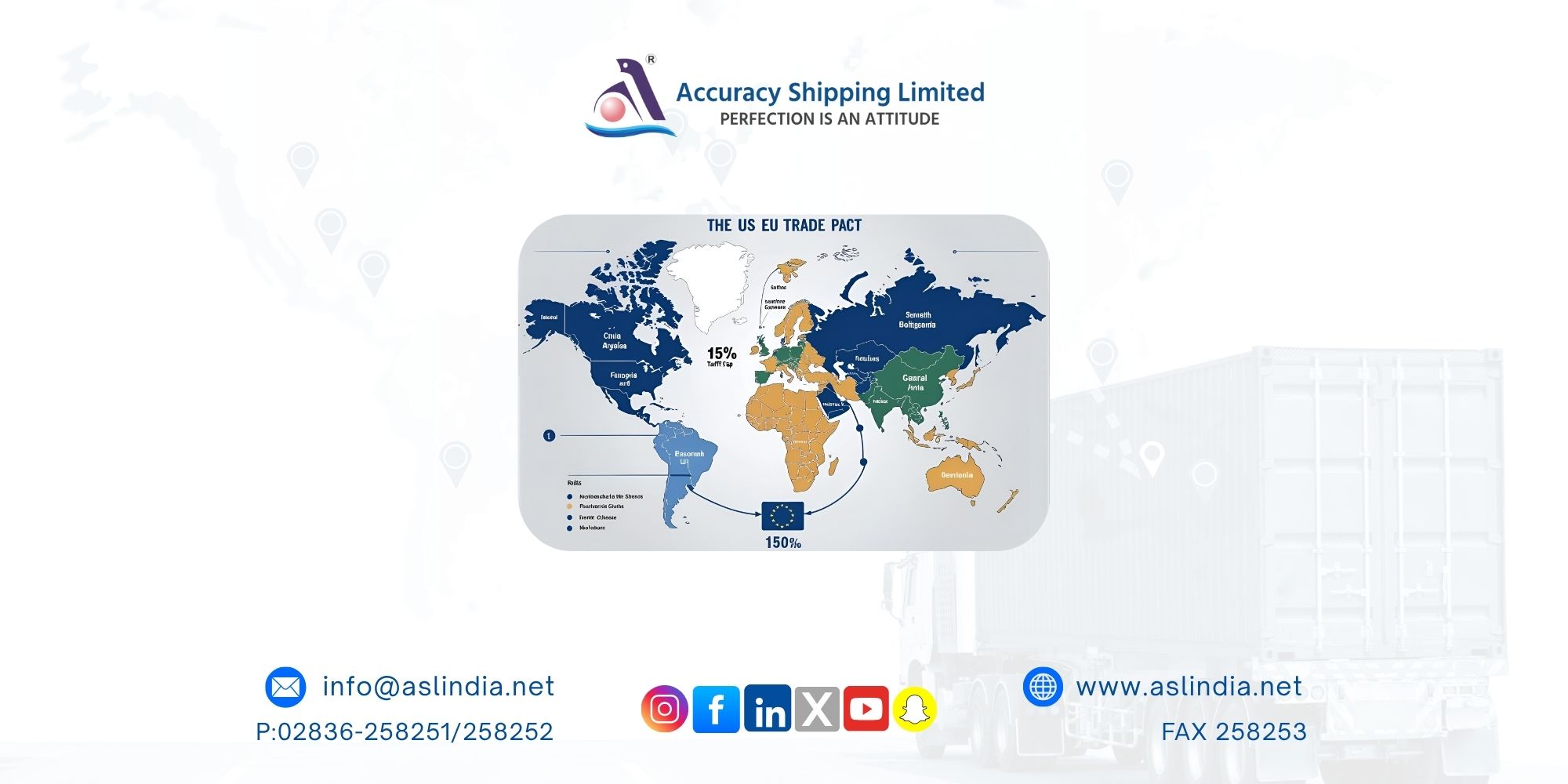US, EU reach trade pact with 15% tariff cap

In a major diplomatic breakthrough, the United States and the European Union have reached a new trade agreement that sets a 15% tariff cap on most goods traded between the two economic powerhouses. The pact, announced on Sunday after a brief but pivotal meeting between U.S. President Donald Trump and European Commission President Ursula von der Leyen at Trump’s Turnberry golf course in Scotland, effectively averted what could have been a disruptive round of retaliatory tariffs across global markets.
A Deal to Stabilize Global Trade
The agreement arrives just days before a looming deadline set by the White House to impose 30% tariffs on EU goods a move that could have sparked widespread economic uncertainty. By capping most tariffs at 15%, the deal brings predictability and reduces the threat of escalating trade tensions. “It’s going to be great for both parties,” President Trump said, calling it a “giant deal with lots of countries.” Von der Leyen echoed this optimism, describing the agreement as a stabilizing force for transatlantic businesses.
Highlights of the Agreement
15% Tariff Cap: A uniform 15% tariff rate will apply to a vast majority of traded goods, including automobiles, semiconductors, and pharmaceuticals. This tariff rate is described by both sides as a ceiling, replacing the previously threatened 30% rate.
Zero Tariffs on Strategic Goods: Certain key sectors including aircraft and components, specific chemicals, generic drugs, semiconductor equipment, agricultural products, and critical raw materials will benefit from zero tariffs.
Energy and Investment Commitments: Trump stated that the EU agreed to purchase $750 billion in U.S. energy over the next three years and invest an additional $600 billion in the American economy. This initiative aims to reduce European dependence on Russian natural gas.
Military Procurement: The EU has also committed to a significant military equipment purchase from the U.S.
Ratification and Remaining Uncertainties
While the deal is groundbreaking in scope, not all details are finalized. The European Commission will now present the framework to EU member states and lawmakers for ratification. The specifics around which additional products might be added to the zero-tariff list are also yet to be ironed out.
Von der Leyen emphasized that the framework “means the figures we have just explained to the public,” but acknowledged further negotiations in the coming weeks to finalize product lists and implementation details.
Averting a Trade War
The agreement narrowly avoids what many feared would be a damaging trade war. Trump had been firm in his stance against a lower tariff rate and had threatened to move forward with a 30% rate by August 1. EU officials, in turn, were prepared to retaliate with tariffs on American goods such as beef, auto parts, beer, and Boeing aircraft.
Commerce Secretary Howard Lutnick confirmed earlier on Sunday that there would be “no extensions, no more grace periods” on the August 1 deadline, adding to the urgency for both sides to strike a deal.
Looking Ahead
This US-EU trade pact marks a turning point in transatlantic economic relations, offering businesses on both sides of the Atlantic greater stability and market access. However, much will depend on how the remaining details are negotiated and how quickly both sides move toward full ratification.
“I think it’s great that we made a deal today, instead of playing games and maybe not making a deal at all,” Trump concluded. “I think it’s the biggest deal ever made.”
As the global economy continues to navigate uncertainties, this agreement serves as a reminder of the power of diplomacy in preventing economic disruption and fostering mutual growth.







